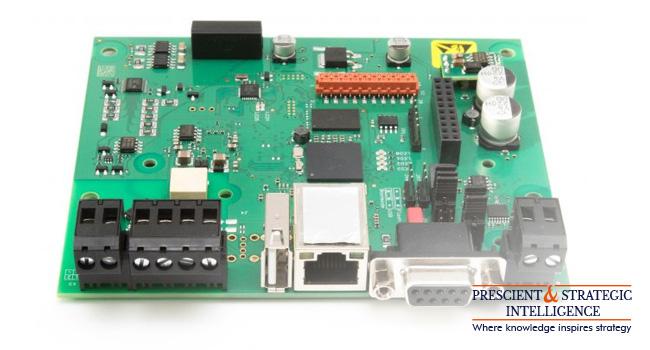Why the Demand for Electric Vehicle Communication Controllers is on the Rise?

Lower prices of electric vehicles, incessant developments in vehicle range, and new EV models coming to the forth are fueling a steady increase in EV sales. So are private and government sector investments in EV charging infra, accompanied by broader acceptance of smart EV charging for providing reliable, renewable energy to EVs while meeting the requirements of drivers and local grids.
In the meantime, the EV charging sector continues to innovate and attract novel investments in developing tech that will advance the EV charging experience.
On-site energy resources and smart energy management
EV charging operators, such as public EV charging network operators and hosts along with private operators such as office building owners, fleet depots, and auto dealers, are making use of on-site energy storage and energy generation along with electricity from the grid to power their EV charging. Smart energy management software enhances the usage of these distributed energy resources, characteristically solar panels and battery banks to decrease demand charges and lower the cost of operations, allow energy resiliency, and maximize the usage of renewable energy.
Battery Innovations for Faster Charging
Lithium iron phosphate batteries are becoming popular in the marketplace with the recent announcement that Ford Motor Company is forming a plant to make these alternative EV batteries for use in some models. LFP batteries charge faster than the standard NCM EV batteries and cost less to produce but are less energy dense and have shorter range. Investment is also flowing to the expansion of solid-state batteries for their promise of better range, less time to charge, and improved safety.
Move to OCPP 2.0.1
OCPP is an application protocol for communication among EV charging stations and a central management system. It is an international, open-source, vendor-independent standard, available free of cost. The newest version, OCPP 2.0.1, has improved features for transaction handling, device management, credit card payment, smart charging functionalities, security support, for display and messaging, and the extensibility of OCPP. OCPP 2.0.1 also provides the option for supporting plug and charge for EVs in the ISO 15118 protocol.
Bidirectional charging
Bidirectional charging, also known as V2G capability, is turning from industry vision to market reality with the accessibility of commercial offerings for V2H that allow EV owners to give power to home appliances and keep the lights on throughout a power blackout. Some new EV models also have AC power outlets that let the EV battery to power plug in electric devices, equipment, and appliances.
Coming to a Concrete Conclusion
It is because of the increasing support of governments all over the world for the deployment of charging infra of electric vehicles, and growing funding in charging infra, that the demand for EVCC is on the rise. This trend will also continue in the years to come as well, as there is an increasing inclination toward electric vehicles all over the world.

- Art
- Causes
- Crafts
- Dance
- Drinks
- Film
- Fitness
- Food
- Spellen
- Gardening
- Health
- Home
- Literature
- Music
- Networking
- Other
- Party
- Religion
- Shopping
- Sports
- Theater
- Wellness


